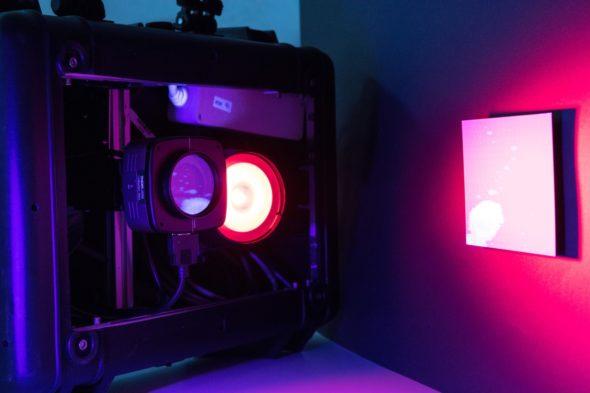When Juha Koivisto, an Academic Research Fellow from Aalto University, put together his knowledge of imaging, algorithms and artificial intelligence, the first concept of CleanDet was born. The case received Business Finland funding for the commercialisation of the project, – the hyperspectral imaging technology that can visualize biofilms and microbes that are barely visible to the naked eye. CleanDet was established in November 2019 to carry the technology forward with the help of Aalto Startup Center.

The dilemma of invisible contaminants is a true challenge of our era. Imagine if cleanliness was an automated process where surfaces would be monitored in real time and contaminants would be detected 24/7. CleanDet is making all of this happen.
“CleanDet basically validates cleanliness. Devices can be used, for example, in hospitals, on food processing lines and in various public spaces to check and validate surface cleanliness. Artificial intelligence can be taught to detect and identify various contaminants with a low detection limit that according to early laboratory tests is better than that of ATP swab tests,” explains the CEO of CleanDet Marianne Talvitie.
Early warnings are crucial in hospitals
The real-time and automated CleanDet solution can detect and even identify biofilms and microbes on surfaces without an operator. This gives the advantage of early warnings to facilities where cleanliness is a crucial factor.
“It will be possible that the device gives an early warning of a pathogen being present, and the corrective actions can start immediately,” explains Talvitie.
The device utilizes artificial intelligence for real-time measuring and can store all the results in a cloud. After only a few minutes, the basic measurements are ready.
“Currently the device can detect contaminants from 50×50 cm surfaces, but there are possibilities to go even beyond that. Already now the device is quite lightweight, but we have all the assets together for even more practical devices that can be carried and moved from place to place. As a contactless device it saves conventional supervision and allows automatic monitoring in tasks that currently are very labor-intensive,” explains Koivisto, now the CTO of the company.
CleanDet gathers the inspected data into a secure cloud-based service 24/7 that enables the customer to save resources. The real benefit comes from the work that the human eye is incapable of performing: to identify contaminants that are not visible. Data-driven validation of cleanliness changes the way of cleaning surfaces. It allows to change cleaning from being pre-scheduled to smart cleaning, which is data-driven and proactive instead of reactive.
Now CleanDet is at a stage where they are testing the concept in real environments, such as hospitals. Satasairaala and Kiilto are among their key partners in Finland. After the testing stage, CleanDet will start pilots in selected key application areas. The most potential applications are hospital surfaces and surgical instruments but also the food processing industry and travel industry among others could benefit from this device.
“CleanDet is a unique concept because this kind of solutions for microbial detection and identification are not widely available yet. It is novel ground-breaking technology that is being developed worldwide. CleanDet is well positioned for this race,” ends Talvitie.
